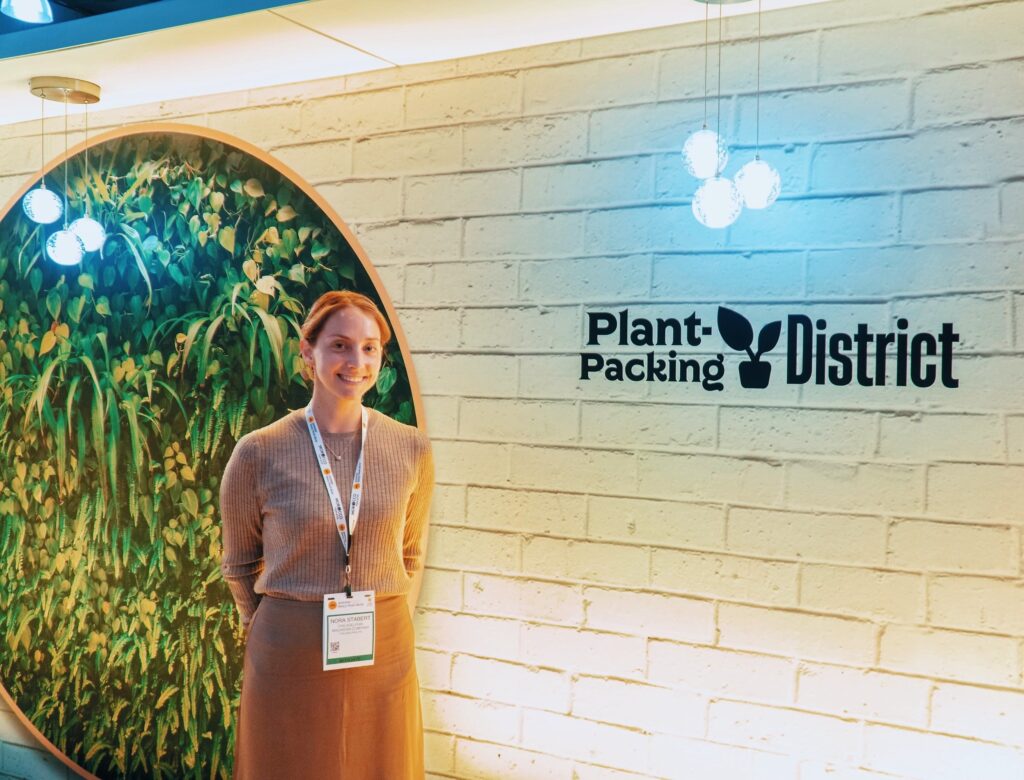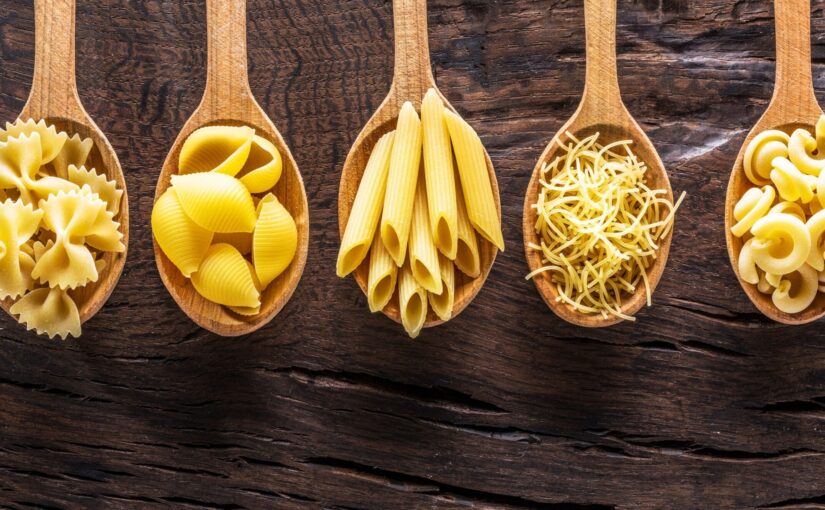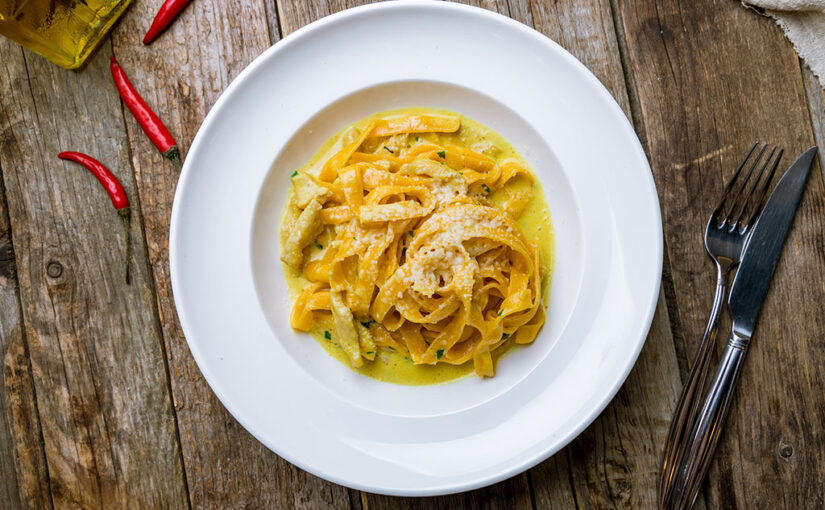PMC Presents At Summer Fancy Food Show
Jul 5On June 26, Philadelphia Macaroni Company presented at the Summer Fancy Food show on behalf of the National Pasta Association (NPA). PMC’s Executive Vice President, Nora Stabert, spoke to the topic “Trends in the Pasta Marketplace”. She discussed the origin of pasta, evolution of the domestic pasta industry, the post-pandemic pasta marketplace, and today’s category trends.
Origins of Pasta: As we know, pasta is a versatile, globally-celebrated food made from flour and water. While pasta has some enigmatic origins, it has become a national staple for many countries, with production techniques undergoing constant innovation. The modern consumer now has hundreds of shapes to choose from, in a variety of applications spanning dried, frozen, fresh, filled, and canned.
Industry Evolution: The emergence of pasta in the U.S. was influenced by the arrival of Italian immigrants and the demand for pasta during World Wars I and II. The industry experienced massive growth as consumers realized pasta’s value as a quality, shelf-stable, and tasty food product. Other growth factors included advancements in manufacturing equipment, brand and manufacturer consolidation, and the development of an industry-supporting ecosystem (equipment manufacturers, millers, and more).
Pasta Trends: Looking at the broader pasta market, you will find pockets of growth and exciting innovations:
- Pasta brands are leaning into the wellness space, focusing on protein and fiber content, while continuing to experiment with alternative flour types and blends.
- Pasta manufacturers are innovating convenience, as seen with microwaveable macaroni & cheese, frozen meals, and quick-cook pasta pouches.
- CPG manufacturers are committing to sustainability, with a sourcing focus on regenerative agriculture and a packaging focus on recycled materials and waste reduction.
- “Premiumization” describes the shift to premium, indulgent, or artisanal experiences, often addressed through new and exciting shapes and flavors, or products that offer an authentic Italian experience.
- As discussed in an earlier What’s Cooking blog, social media also influences consumer behavior, driving awareness of new products through viral videos and recipes. For example, a month after the Feta bake viral video, Instacart saw a 4.6x increase in the orders of feta, cherry tomatoes, and pasta.
PMC and the NPA were thrilled to be a part of the Summer Fancy Food show, and we are excited to see everyone again next year!

Sources: National Pasta Association; International Pasta Organization; Market Data Studies e.g., Mintel.

 Dec 27
Dec 27